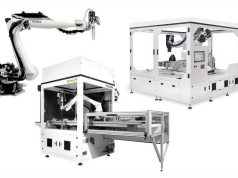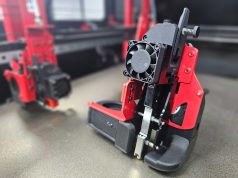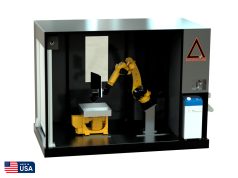While other companies like SpaceX are building only rockets for heavy objects there are no rocket launches for small satellites only. So when you want to launch a small satellite you have to wait for an free place on one of the big rockets – that takes a lot of time and there are big logistic problem for small companies. So Vector Space Systems has decided to build rockets that contain lots of 3D printed parts and are able to transport satellites with a weight of up to 50 kilogram into the Earth orbit.
A start for a small satellite should be much cheaper with the P-20 rocket that Vector Space System uses. But until now no final prices for a single launch or for multiple launches were published. Nevertheless the first P-20 rocket was successfully launched into the Earth orbit and it had already some payload along with it. The payload was a satellite for Iceye. In the next 5 years they want to launch 30 satellites for the company.
The rocket is also cheaper than others because it uses a lot of 3D printed parts. For example the engine was developed in only 2 months – normally this process takes much more time because it’s complicated to produce engine parts with conventional techniques but with 3D printing you can just print parts and test them. That makes development much faster and cheaper.

The Vector propulsion team has made tremendous progress in a very rapid manner, building and successfully testing an engine using 3D printed components within two months of the company’s founding. The rapidity and success of this test sets the standard for the swift development of our launch vehicle and furthers our mission to revolutionize the way commerce accesses and utilizes space.
Subscribe to our Newsletter
3DPResso is a weekly newsletter that links to the most exciting global stories from the 3D printing and additive manufacturing industry.























